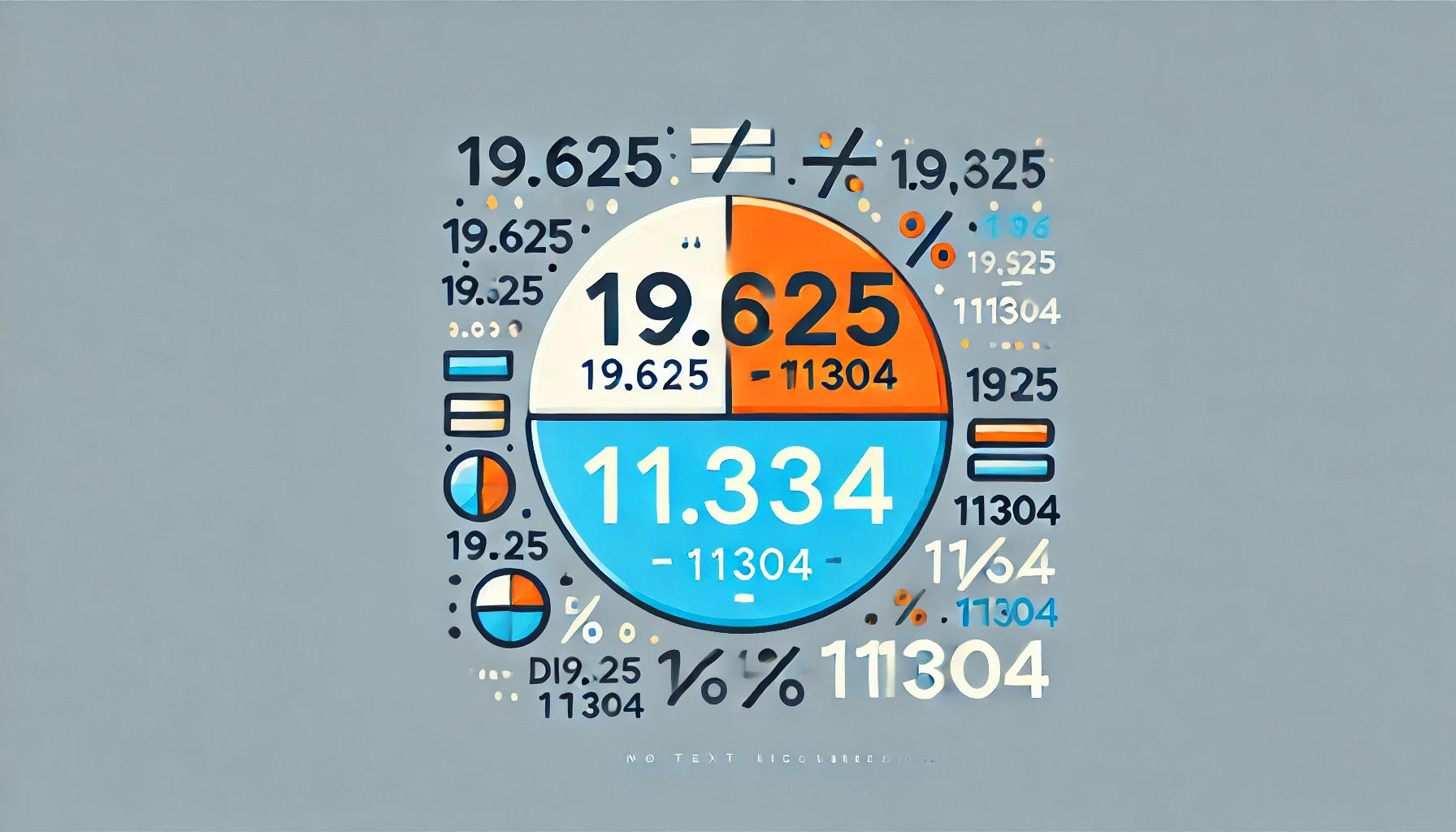Introduction
In the rich tapestry of human experience, few concepts carry as much significance as “Mıllıeyt.” This term, rooted in cultural heritage and identity, transcends mere definition to embody the collective ethos of communities worldwide. Unlike any other, Mıllıeyt encapsulates a sense of belonging, unity, and shared history. In this exploration, we embark on a journey to unravel the depth and complexity of Mıllıeyt, shedding light on its profound impact and timeless relevance in shaping societies. Join us as we delve into the essence of Mıllıeyt, embracing its diversity and celebrating its significance across cultures.
Understanding Mıllıeyt
At its core, Mıllıeyt embodies a profound sense of collective identity and belonging, transcending geographical and cultural boundaries. Unlike a simple term, it encapsulates the shared history, customs, and values that bind communities together. Imagine it as the intricate threads weaving through the fabric of society, each strand representing a unique aspect of cultural heritage and tradition.
Mıllıeyt isn’t just about nationality; it’s about shared experiences, language, and a sense of unity among people. It fosters a deep connection to one’s homeland and community, instilling a sense of pride and belonging. From celebrating cultural festivals to preserving ancestral traditions, Mıllıeyt permeates every aspect of daily life.
Through understanding Mıllıeyt, we gain insight into the diverse tapestry of human existence, appreciating the richness of cultural diversity and the bonds that unite us all. It serves as a reminder that, despite our differences, we are all interconnected, sharing a common humanity.
The Historical Context of Mıllıeyt
To truly grasp the essence of Mıllıeyt, we must delve into its historical roots, tracing its evolution through the annals of time. Originating from the Arabic “millet” and the Hebrew “mamlekhet,” Mıllıeyt initially denoted religious community or kingdom. However, its significance evolved over centuries, particularly during pivotal moments in Turkish history.
Amidst the fall of the Ottoman Empire and the emergence of the Republic of Turkey under Mustafa Kemal Atatürk, Mıllıeyt underwent a profound transformation. It shifted from its Ottoman-era connotations to symbolize a modern, secular, and forward-looking Turkish identity.
Throughout history, Mıllıeyt has served as a cornerstone of national consciousness, shaping the collective identity of the Turkish people. It reflects the shared history, values, and aspirations that bind communities together, transcending the passage of time.
Today, amidst the forces of globalization and cultural exchange, Mıllıeyt remains a dynamic and evolving concept in Turkish society. It navigates the delicate balance between preserving historical roots and embracing modernity, adapting to the changing social landscape while staying true to its foundational principles.
Understanding the historical context of Mıllıeyt provides invaluable insight into its significance and relevance in contemporary discourse. It highlights the resilience of cultural identity amidst shifting societal dynamics, reaffirming the enduring legacy of Mıllıeyt in shaping the collective consciousness of a nation.
The Cultural Significance of Mıllıeyt
Mıllıeyt embodies a profound cultural significance that extends beyond mere words or definitions. It serves as a cornerstone of national identity, fostering a sense of belonging and unity among diverse communities.
At its core, Mıllıeyt encapsulates a collective consciousness shared by citizens towards their country, encompassing a rich tapestry of shared history, customs, and traditions. It forms the bedrock upon which the cultural and social fabric of a nation rests, shaping people’s values and perspectives.
From a sociological standpoint, Mıllıeyt offers individuals a sense of belonging within a specific society, providing them with a deeper understanding of their place in the global context. It fosters deep emotional attachments to one’s homeland, transcending geographical boundaries and fostering a profound sense of connection.
Moreover, Mıllıeyt serves as a unifying force, bringing together diverse individuals under a common banner of identity. It celebrates shared values and heritage while embracing the richness of cultural diversity, fostering empathy, and breaking down barriers set by geography.
Through cultural traditions, languages, and art forms, Mıllıeyt provides a platform for preserving and promoting cultural heritage, ensuring that traditions are kept alive for future generations. It imbues those responsible for cultural preservation with a sense of ownership and pride, fostering a vibrant cultural landscape.
In essence, the cultural significance of Mıllıeyt lies in its capacity to unite people, transcend differences, and celebrate shared humanity. It serves as a testament to the resilience of cultural identity amidst changing societal landscapes, reaffirming the importance of preserving and cherishing the diverse tapestry of human experience.
Mıllıeyt in Modern Turkey
In contemporary Turkey, the concept of Mıllıeyt continues to evolve and shape the national identity amidst the backdrop of globalization and social transformation.
Following the collapse of the Ottoman Empire, Mustafa Kemal Atatürk led Turkey through a period of modernization and secularization, redefining the meaning of Mıllıeyt. The establishment of the Republic of Turkey marked a departure from the Ottoman era, emphasizing a secular, modernist Turkish identity distinct from its predecessor.
Today, Mıllıeyt remains a dynamic force in Turkish society, navigating the complexities of a rapidly changing world. It serves as a bridge between the country’s rich historical heritage and its aspirations for the future, balancing tradition with innovation.
In the modern Turkish context, Mıllıeyt plays a crucial role in fostering social cohesion and national unity. It serves as a rallying point for citizens, transcending ethnic, religious, and cultural divides to promote a shared sense of identity and belonging.
Moreover, Mıllıeyt continues to adapt to the challenges and opportunities of the digital age. Through social media and digital platforms, individuals engage in conversations about national identity, heritage, and belonging, contributing to the ongoing discourse surrounding Mıllıeyt in contemporary Turkey.
Despite the complexities of modernization and globalization, Mıllıeyt remains a resilient and enduring aspect of Turkish society, reflecting the country’s rich cultural tapestry and collective aspirations for the future. As Turkey continues to navigate its path forward, Mıllıeyt serves as a guiding force, anchoring its people to their shared history and cultural heritage.
Embracing Mıllıeyt in Everyday Life
Incorporating the principles of Mıllıeyt into daily routines fosters a deeper sense of cultural awareness and belonging.
Individuals can embrace Mıllıeyt by actively participating in cultural events and celebrations that highlight the diversity and richness of Turkish heritage. By attending festivals, exhibitions, and cultural gatherings, people can immerse themselves in the traditions and customs that define Mıllıeyt.
Furthermore, integrating traditional elements into daily practices, such as cuisine, music, and language, can reinforce a strong connection to Mıllıeyt. Whether cooking traditional dishes, listening to traditional music, or practicing the Turkish language, individuals can celebrate their cultural identity in meaningful ways.
Moreover, engaging in intercultural dialogue and fostering connections with people from diverse backgrounds can promote understanding and appreciation for Mıllıeyt. By embracing diversity and inclusivity, individuals can contribute to a more cohesive and harmonious society, where Mıllıeyt serves as a unifying force that celebrates the collective heritage of Turkey.
Challenges and Controversies Surrounding Mıllıeyt
Despite its significance, Mıllıeyt faces challenges and controversies. These include issues of cultural appropriation, commercialization, and ethical considerations. It’s essential to navigate these complexities with nuanced insights and thoughtful analysis. By acknowledging these challenges, we can foster a deeper understanding of Mıllıeyt’s global impact and work towards solutions that promote cultural sensitivity, inclusivity, and respect.
Looking Ahead: The Future of Mıllıeyt
As we look ahead, the future of Mıllıeyt holds promise and challenges. Anticipating emerging trends, opportunities, and obstacles will shape its evolution in the years to come. Embracing innovation and adaptation, Mıllıeyt can continue to inspire, unite, and evolve, leaving an indelible mark on the tapestry of human experience. By staying attuned to cultural shifts and fostering inclusivity, Mıllıeyt can navigate through changing societal landscapes, technological advancements, and global dynamics, ensuring its relevance and significance for generations to come.
Conclusion
In conclusion, Mıllıeyt embodies the rich tapestry of cultural diversity and collective identity that defines human civilization. As we reflect on its historical roots, cultural significance, and contemporary implications, we gain a deeper appreciation for its role in shaping societies and fostering unity amidst diversity. By embracing the values of Mıllıeyt – unity, diversity, and cultural heritage – we can forge stronger bonds across communities and navigate towards a more interconnected and harmonious future. Let us celebrate the vibrant mosaic of cultures that Mıllıeyt represents, ensuring that its legacy continues to inspire and unite us for generations to come.
Read also Geekzilla Podcast | Your Gateway to Geek Culture.






One thought on “Unveiling Mıllıeyt | A Cultural Journey”